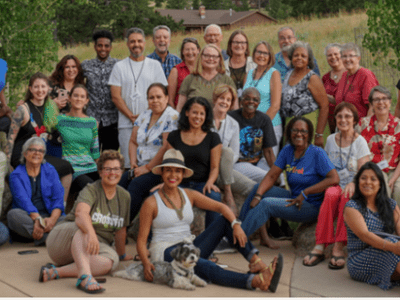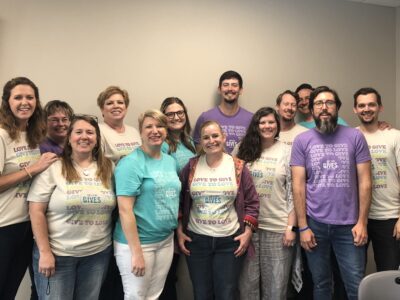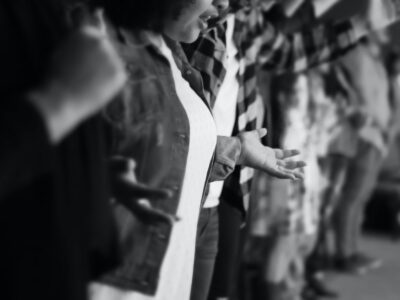For decades, religious organizations across the country have made their faith visible by helping some of America’s most vulnerable people. This is just the start of what they can do to reduce and ultimately end homelessness.
Emergency shelters. Soup kitchens. Clothing drives. A quiet word to a landlord. A room of one’s own. In these and other ways, America’s diverse faith communities have responded to the day-to-day needs of those experiencing homelessness. These efforts have filled a pressing need. But now there is a bigger opportunity: to take this commitment and join in building community-wide efforts to make homelessness itself a rare and brief experience in each community.
Questions to ask
● Is my community part of Built for Zero?
● Who do we need to work with to make a difference?
● What specific skills and capabilities does my faith community have to offer?
● Where should we start? With veterans? Families? Those who have been unhoused the longest?
● What is my city or town doing now? Is it working? What gaps can we fill?
● Do we have real-time, by-name data? Where is this data coming from? How can we help ensure that it is collected?
● What should be our goal for this year, next year, and in the longer-term?
Actions to take
1. Change the story.
The impression that homelessness can’t be ended can be an excuse for inaction. Inform your faith community, family, and neighbors of the fact that homelessness is solvable and how communities are making progress.
2. Get involved.
Ending homelessness is a team effort. In communities making the most progress toward “functional zero” homelessness, government agencies, health care providers, nonprofits, and faith-based organizations work as a single team toward the shared aim of measurably reducing homelessness. Have your parish, congregation, mosque, or synagogue call for a community-wide commitment to reach functional zero homelessness and bring together other leaders to form a team.
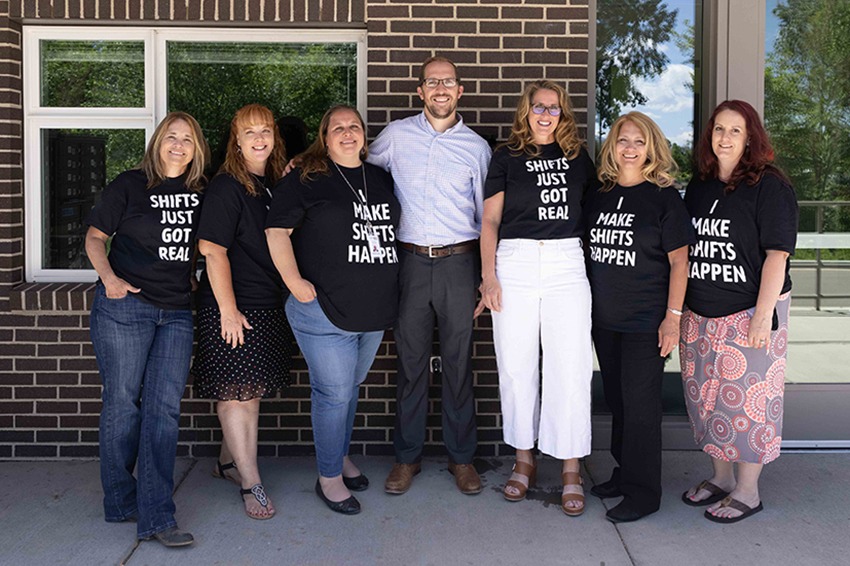
CASE STUDY
In Colorado, for example, Loaves and Fishes Ministries had worked on its own for decades to help their homeless neighbors. But only when they became part of a community-wide collaboration in 2019 did they see significant progress reducing homelessness. In May 2021, Fremont County announced it had reached functional zero homelessness among veterans.
3. Set shared goals.
Compassion must be matched with rigorous, data-driven collaboration. The shared, measurable goal of reducing homelessness is what enables a community team to learn whether all their efforts are adding up to fewer people experiencing homelessness, and to make changes to existing programs and approaches that may be needed. Faith leaders can stand for this accountability, and model the humility needed to make changes to existing services.
4. Become a data champion.
Know those experiencing homelessness by name. Many faith-based groups assist with annual Point-in-Time counts mandated by the Department of Housing and Urban Development, which estimate how many residents are homeless in each community on a given day in January. It’s even more important to know everyone experiencing homelessness in a community by name, in real time. Faith-based groups can insist on taking the anonymity out of homelessness so that those experiencing it can be connected quickly to the help they need. Accurate, timely data is also essential for community teams to know what’s working to reduce homelessness overall.
THE IMPORTANCE OF DATA
With accurate data, no one experiencing homelessness is overlooked for help, and communities can see if they’re making real progress — as a growing number of communities have proved. Accurate data is also key to identifying and correcting racial disparities in your community’s response to homelessness.
5. Help neighbors, one by one.
Support families and individuals in finding housing. In some communities, faith-based organizations have organized their members to help with rent or to furnish homes. Volunteers can be trained in the practice of diversion, to help with housing applications, searching for apartments, and in navigating each step of the process of securing a stable home.
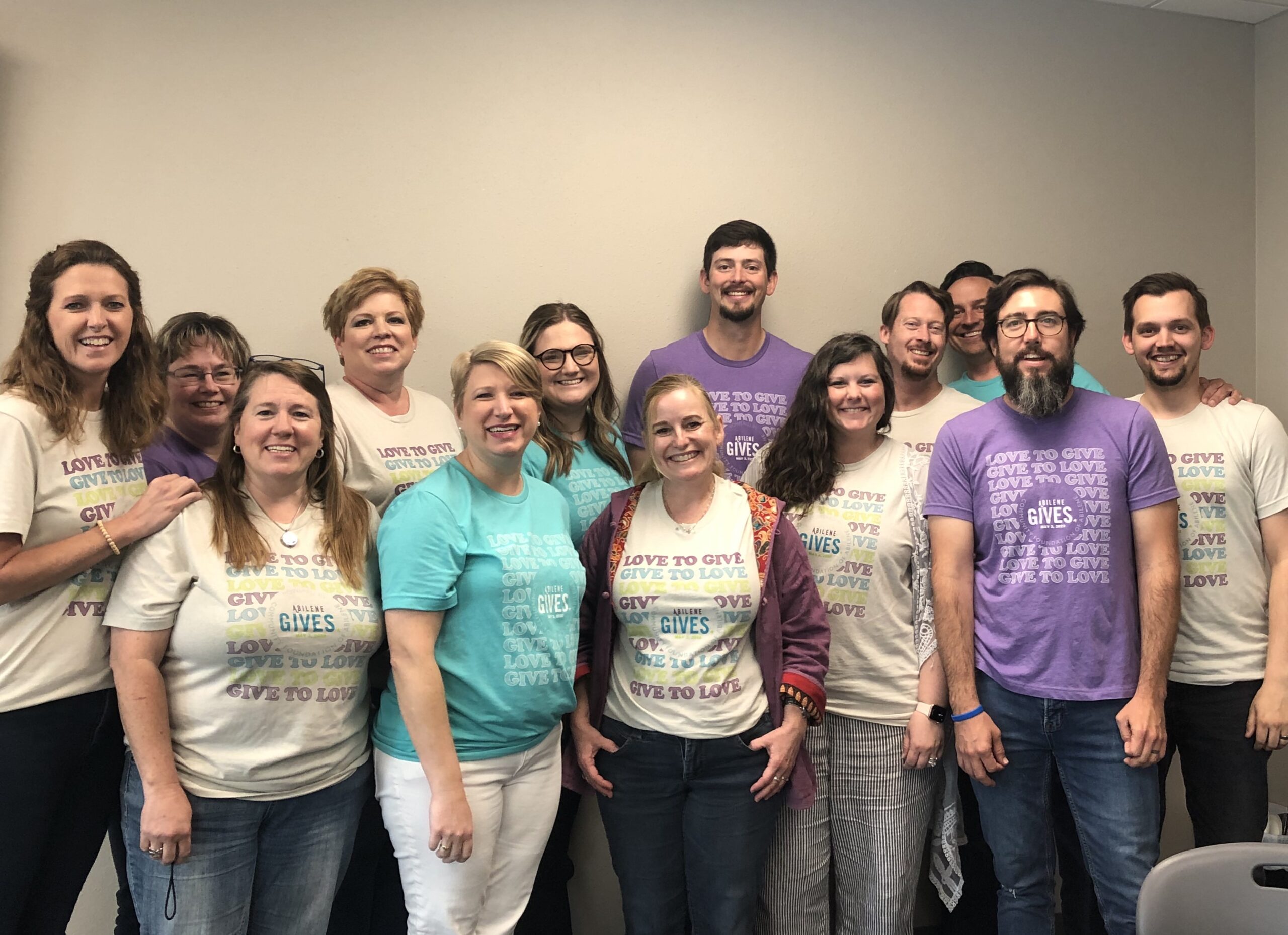
CASE STUDY
In Abilene, Texas — a community that has reached functional zero for both veteran and chronic homelessness — a local Baptist church collaborated with the homeless response system to learn how to better serve their neighbors in need. Staff members at Pioneer Drive Baptist Church were trained in the practice of diversion, a conflict resolution technique intended help people avoid homelessness. As Pastor Nathan Adams said, “We don’t need to just be nice people. We need to be nice and smart people. And so I think improving our practices of loving our neighbor is important.”
6. Become a housing champion.
Every community needs affordable housing, but at city/town council or zoning board meetings, elected officials hear only from those fearful of change. Faith communities have a key role to play in building a vocal constituency for affordable housing in every community. Regularly attend public meetings to support affordable housing generally as well as individual projects.
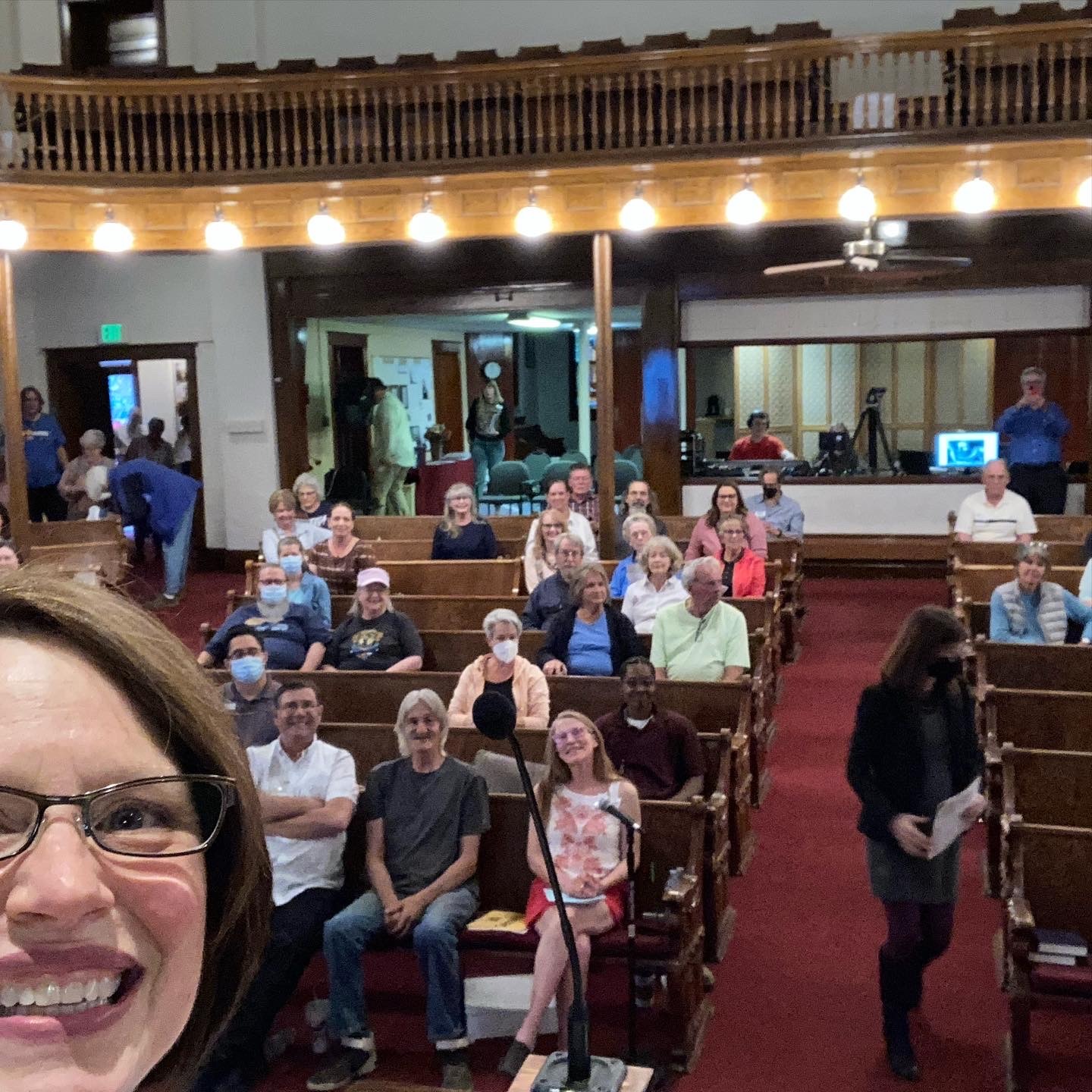
CASE STUDY
In Loveland, Colorado, the group Together Colorado seeks to equip community leaders across many faith traditions with tools and training to enact social change on the local level. This northern branch began when a few people from four churches and other faith communities gathered to learn about community organizing. Today, the group is composed of around 45 members and supporters, which includes a group of supporting clergy.
Focusing on systemic change rather than direct service, Together Colorado members meet regularly to learn how to use their roles within the community to influence policy, procedure, and law for the benefit of their most vulnerable neighbors.
7. Create new housing on religious properties.
Many religious properties have land or buildings that could be transformed into new affordable housing. Explore what might be possible.
8. Create new housing on your property.
Accessory Dwelling Units (ADUs) or “in law” suites are increasingly popular, whether for family members or for additional income. People of faith can have a direct impact on the availability of affordable housing by building an ADU on their own property.
Read more about faith-based organizations working to end homelessness
Homelessness is solvable.
Communities in the Built for Zero movement are proving it.
